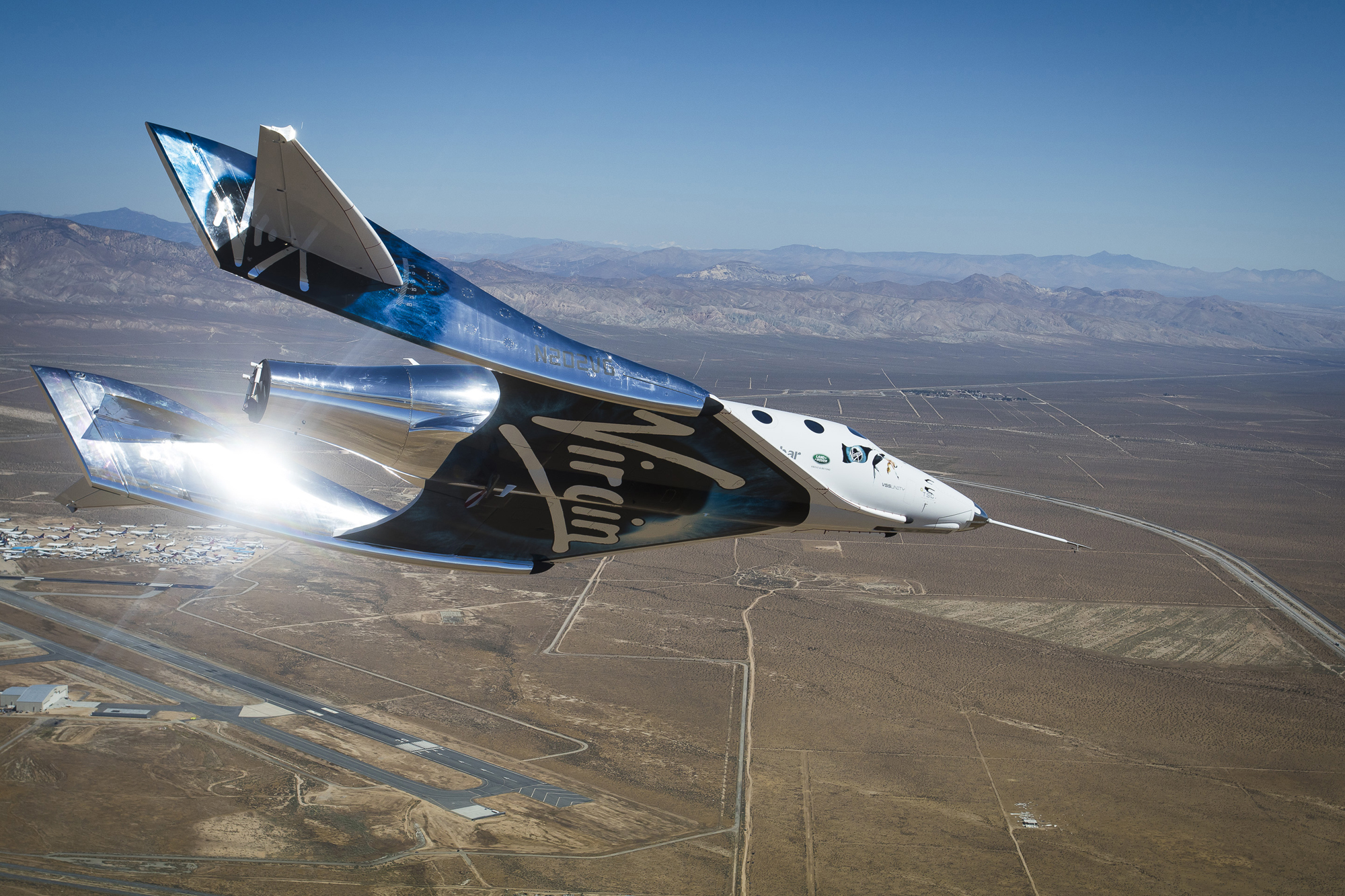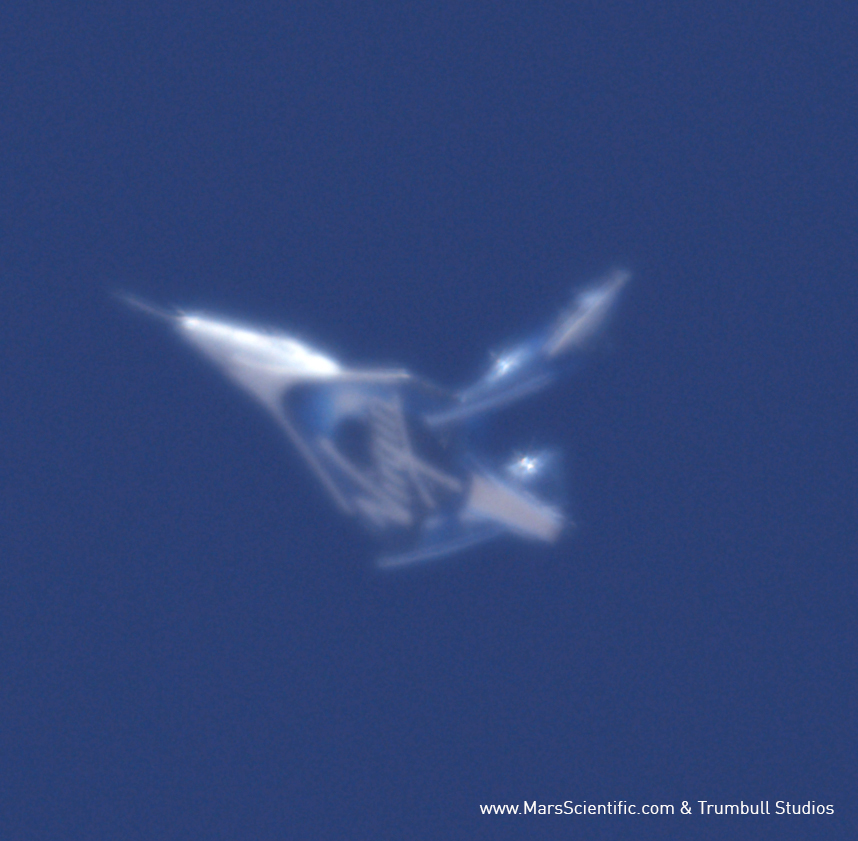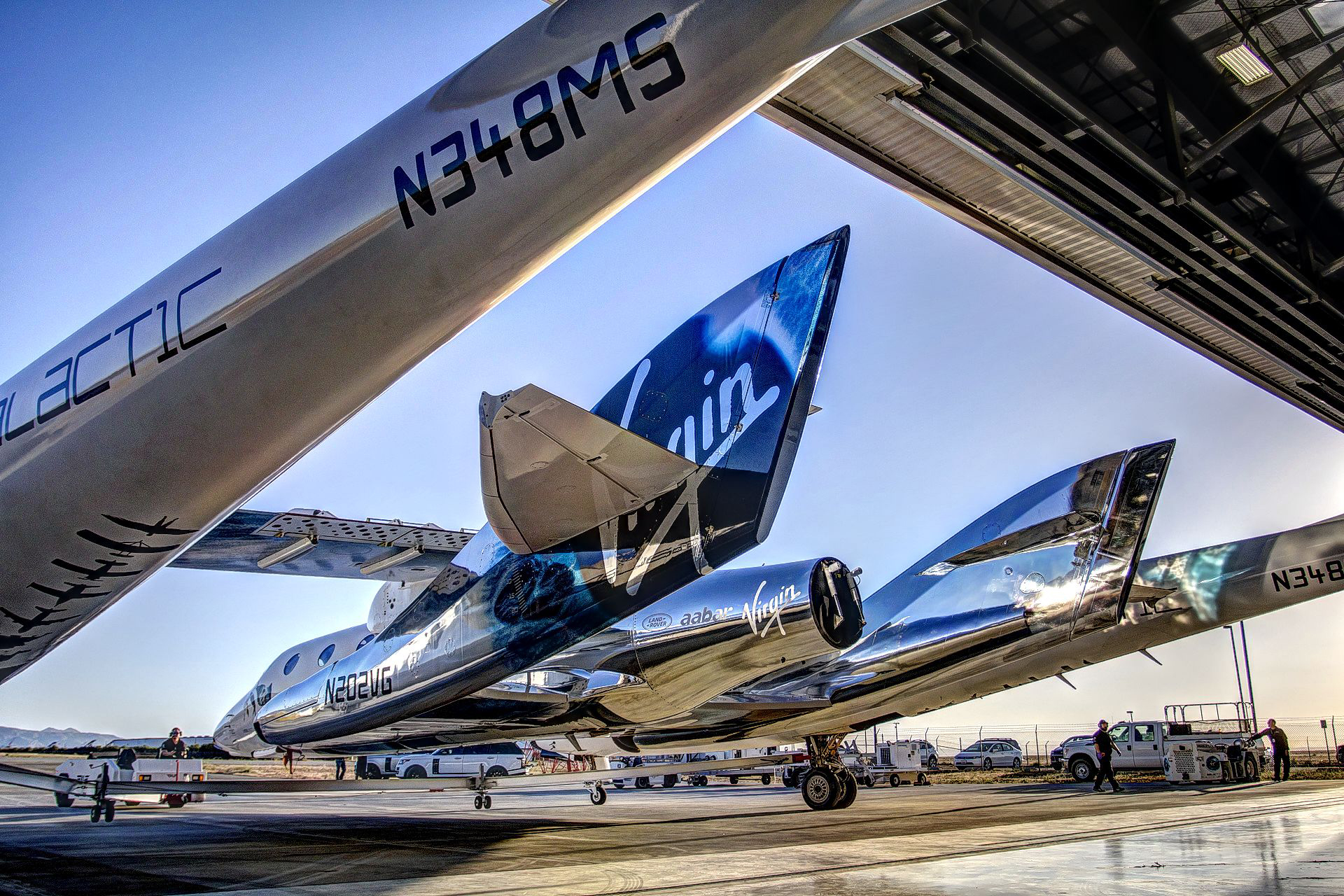Virgin Galactic's SpaceShipTwo Makes 1st Test Flight of Revamped Re-Entry System

CAPE CANAVERAL, Fla. - Virgin Galactic's second SpaceShipTwo took to the skies over Mojave, California, Monday (May 1) for the first test flight of the craft's atmospheric re-entry system, which was modified after a fatal test flight in 2014 destroyed the original ship.
"It was a great day here in Mojave," Virgin Galactic Chief Executive George Whitesides wrote in an email to Space.com.
The new spaceship, called VSS Unity, took off beneath the White Knight Two carrier aircraft around 10:40 a.m. local time, 1:40 p.m. EDT (1740 GMT) from the Mojave Air and Space Port for the spacecraft's fourth glide flight. [Watch: Virgin Galactic Performs Glide Test with Unity]
About 40 minutes later, with pilots Mark Stucky and Mike Masucci at the controls, Unity was released at an altitude of about 51,000 feet (15,550 meters) to begin its fourth unpowered glide test-flight.

Once operational, SpaceShipTwo is designed to take up to six paying passengers and two pilots on short, suborbital flights beyond the atmosphere. Virgin Galactic is selling tickets at $250,000 per seat.
The primary goal of Monday's flight was to test the ship's revamped re-entry system, which pivots the vehicle's twin tail booms up over the fuselage, providing more surface area and a capsule-like shape for a slower, safer plunge through the atmosphere.
The first SpaceShipTwo, called Enterprise, was destroyed during a powered test flight on Oct. 31, 2014, due to a premature release of the locking mechanism that pins the ship's tail back until atmospheric forces can do the job.
Get the Space.com Newsletter
Breaking space news, the latest updates on rocket launches, skywatching events and more!

The ship — built and tested by Virgin Galactic's partner at the time, Scaled Composites — broke apart midair, killing one Scaled test pilot and seriously injuring another.
The National Transportation Safety Board, which investigated the incident, determined that the locking system holding the ship's tail in place lacked safeguards to prevent an early deployment and that the pilots were not properly trained.
The so-called "feather" re-entry system was modified on VSS Unity to include a "control inhibit" that preventsan inadvertent early release.
"The flight today successfully tested the feather system in flight for the first time on the VSS Unity airframe, though it had been tested many times on the ground," Whitesides said.
"Our new control inhibit for the feather was installed and active, as it has been on prior flight tests. It is designed to prevent applying the feather system early. As planned, during today's flight, the vehicle wasn't in conditions to need the inhibit.
"Overall, the test met all objectives, and we're now looking forward to taking the next step in the flight-test program," Whitesides said.
He last week said at a congressional hearing that he expects commercial passenger service to be underway at Virgin before the end of 2018.
Follow us @Spacedotcom, Facebook and Google+. Original article on Space.com.
Join our Space Forums to keep talking space on the latest missions, night sky and more! And if you have a news tip, correction or comment, let us know at: community@space.com.

Irene Klotz is a founding member and long-time contributor to Space.com. She concurrently spent 25 years as a wire service reporter and freelance writer, specializing in space exploration, planetary science, astronomy and the search for life beyond Earth. A graduate of Northwestern University, Irene currently serves as Space Editor for Aviation Week & Space Technology.









